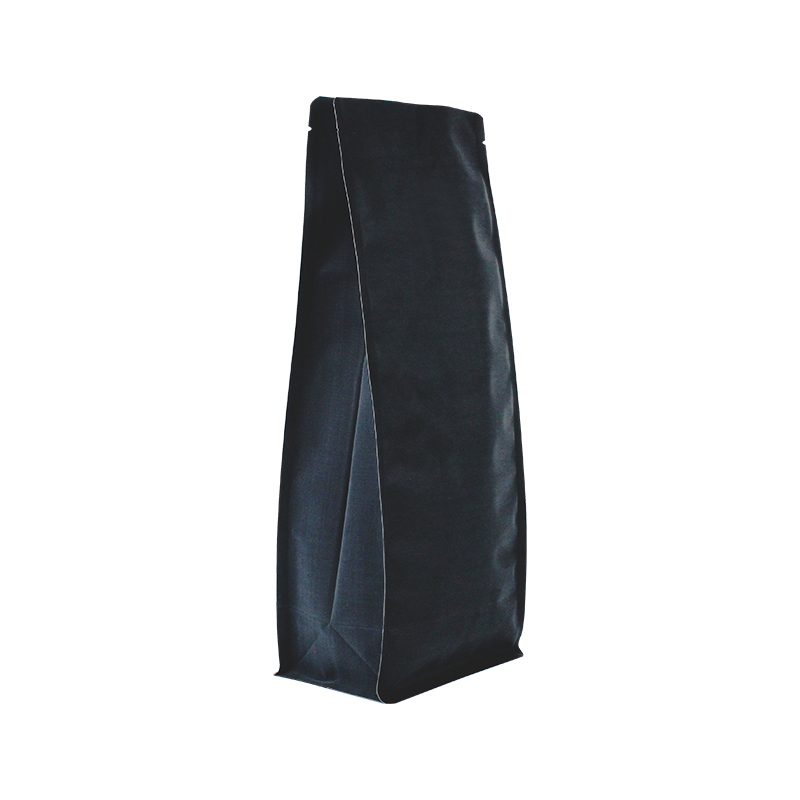- Afrikaans
- Albanian
- Amharic
- Arabic
- Armenian
- Azerbaijani
- Basque
- Belarusian
- Bengali
- Bosnian
- Bulgarian
- Catalan
- Cebuano
- chinese_simplified
- chinese_traditional
- Corsican
- Croatian
- Czech
- Danish
- Dutch
- English
- Esperanto
- Estonian
- Finnish
- French
- Frisian
- Galician
- Georgian
- German
- Greek
- Gujarati
- haitian_creole
- hausa
- hawaiian
- Hebrew
- Hindi
- Miao
- Hungarian
- Icelandic
- igbo
- Indonesian
- irish
- Italian
- Japanese
- Javanese
- Kannada
- kazakh
- Khmer
- Rwandese
- Korean
- Kurdish
- Kyrgyz
- Lao
- Latin
- Latvian
- Lithuanian
- Luxembourgish
- Macedonian
- Malgashi
- Malay
- Malayalam
- Maltese
- Maori
- Marathi
- Mongolian
- Myanmar
- Nepali
- Norwegian
- Norwegian
- Occitan
- Pashto
- Persian
- Polish
- Portuguese
- Punjabi
- Romanian
- Russian
- Samoan
- scottish-gaelic
- Serbian
- Sesotho
- Shona
- Sindhi
- Sinhala
- Slovak
- Slovenian
- Somali
- Spanish
- Sundanese
- Swahili
- Swedish
- Tagalog
- Tajik
- Tamil
- Tatar
- Telugu
- Thai
- Turkish
- Turkmen
- Ukrainian
- Urdu
- Uighur
- Uzbek
- Vietnamese
- Welsh
- Bantu
- Yiddish
- Yoruba
- Zulu
fry packaging
The Evolution and Importance of Fry Packaging
In the fast-paced world of food service and consumer goods, packaging plays a pivotal role in not only preserving the quality of products but also enhancing the overall consumer experience. Fry packaging, in particular, has evolved significantly over the years, becoming an essential component in the food industry. From initial designs to modern innovations, the journey of fry packaging reflects broader trends in sustainability, convenience, and branding.
Historical Perspective
Traditionally, fried foods were often sold in simple paper or cardboard containers, primarily designed for functionality rather than aesthetics. These wrappers served their purpose of keeping the food warm and relatively clean. However, as the fast-food industry burgeoned in the mid-20th century, fry packaging began to take on a dual role—not only did it need to protect the food, but it also had to communicate brand identity. Fast-food chains started to utilize vibrant colors and logos, ensuring that the packaging was instantly recognizable.
The Role of Convenience
In today’s fast-food culture, convenience is king. Fry packaging has adapted to meet consumer demands for on-the-go eating. Innovations such as insulated liners, spill-resistant designs, and easy-to-hold shapes have emerged to enhance the customer experience. These advancements ensure that customers can enjoy their fried foods without the hassle of messy drips or warm hands. Moreover, the rise of delivery services has spurred further innovation in packaging, making it crucial for fry containers to maintain temperature and freshness during transit.
Sustainability Concerns
As environmental awareness grows, the food industry is under increasing pressure to adopt sustainable practices. This shift has significantly influenced fry packaging, which is increasingly designed with eco-friendly materials. Many companies are transitioning from traditional plastics and Styrofoam to biodegradable or compostable options made from materials like cornstarch and plant fibers. This not only minimizes environmental impact but also appeals to consumers who prioritize sustainability in their purchasing decisions.
fry packaging

Additionally, manufacturers are exploring the use of recyclable materials and encouraging consumers to participate in recycling programs. For example, some fast-food chains have introduced initiatives that allow customers to return packaging for proper disposal or recycling, thus promoting an eco-conscious image.
Quality and Safety Innovations
In an age where food safety is paramount, fry packaging has also evolved to incorporate advanced safety features. Many fry containers now include moisture barriers to prevent sogginess and maintain crispiness, enhancing the overall taste experience. Furthermore, tamper-proof seals are becoming commonplace, ensuring that customers receive their food in perfect condition. This emphasis on quality and safety not only protects consumers but also helps food businesses build trust with their clientele.
Branding and Marketing
The aesthetics of fry packaging have also taken center stage. With significant competition in the food industry, brands are leveraging unique packaging designs as a marketing tool. Eye-catching fry packages create a memorable visual identity that can distinguish one brand from another, even within a crowded market. Limited edition packaging, seasonal designs, or collaborations with popular characters or franchises can create buzz and encourage consumer engagement.
Conclusion
In summary, fry packaging has come a long way from its humble beginnings. It now serves multiple functions—preserving food quality, enhancing convenience, promoting sustainability, ensuring safety, and playing a crucial role in branding. As the food industry continues to evolve, so too will the innovations in fry packaging. Companies that prioritize these elements will not only meet consumer demands but will also contribute positively to the environment and society as a whole. The journey of fry packaging is emblematic of the broader trends shaping our world, demonstrating how something as simple as a container can reflect changing values and priorities in our society.













